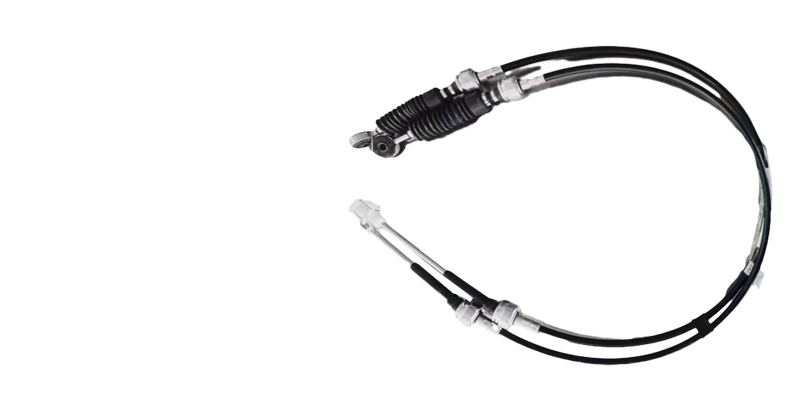hand brake cable
Understanding Hand Brake Cables Importance and Maintenance
The hand brake, often referred to as the parking brake or emergency brake, is an essential component of any vehicle's braking system, ensuring safety when the car is stationary. At the heart of this system lies the hand brake cable, a critical element that connects the hand brake lever to the brake system, allowing the driver to engage or disengage the brake effectively. Understanding how hand brake cables work and how to maintain them can enhance vehicle safety and prolong the lifespan of the braking system.
The Function of Hand Brake Cables
Hand brake cables are typically made of a strong metal wire encased in a protective sheath. When the driver pulls the hand brake lever, this action pulls the cable, which in turn engages the brake shoes on the rear wheels. This connection is crucial, as it provides the necessary mechanical advantage to keep the vehicle securely parked, especially on inclines or uneven surfaces.
In modern vehicles, the design of the hand brake system may vary, but the fundamental principle remains the same. Most cars utilize a single cable that splits into two, connecting to each rear brake. Some models may have more complex setups, including electronic systems that enable automatic engagement of the hand brake. Regardless of the design, the hand brake cable must be in good condition to function properly, and any signs of wear or damage should be addressed immediately.
Signs of Wear and Tear
hand brake cable

Like any mechanical component, hand brake cables can suffer from wear and tear over time. One common sign that the cable may need replacement is a loosening of the hand brake lever. If you find that you have to pull the lever higher than usual or if it feels less responsive, this could indicate that the cable is stretched or frayed. Additionally, any visible cracks or corrosion on the cable sheath can compromise the integrity of the cable and should not be ignored.
Another warning sign is when the vehicle rolls slightly when parked on an incline, suggesting that the hand brake is not adequately engaged. This could pose significant safety risks, as it may lead to unexpected vehicle movement. Regular inspections of the hand brake cable can help catch these issues before they develop into major problems.
Maintenance Tips
To ensure that your hand brake cable remains in optimal condition, regular maintenance is essential. Here are some tips to consider
1. Routine Checks Conduct regular inspections of the hand brake system, focusing on the cable for any signs of wear or damage. 2. Clean and Lubricate Keeping the cable clean and lubricated can help prevent rust and wear. Use a suitable lubricant to maintain smooth operation. 3. Adjust Tension If the hand brake lever feels loose, it may need adjustment. Many vehicles are equipped with a way to adjust the hand brake tension, usually located where the cable connects to the lever or at the rear brakes. 4. Professionally Replace When Needed If you notice significant wear or performance issues, it is advisable to replace the hand brake cable. Consulting a professional mechanic is best for a thorough inspection and replacement.
In conclusion, understanding the importance of the hand brake cable serves not only to ensure the smooth operation of your vehicle but also to maintain safety on the road. Regular maintenance and prompt attention to any signs of wear can go a long way in ensuring that your vehicle remains roadworthy and reliable.
-
Upgrade Your Vehicle with High-Quality Handbrake CablesNewsNov.01,2024
-
Optimize Your Bike's Performance with Quality CablesNewsNov.01,2024
-
Enhance Your Vehicle's Performance with Quality Clutch ComponentsNewsNov.01,2024
-
Elevate Your Vehicle's Performance with Quality Throttle CablesNewsNov.01,2024
-
Elevate Your Vehicle's Performance with Quality CablesNewsNov.01,2024
-
Affordable Solutions for Your Cable NeedsNewsNov.01,2024
